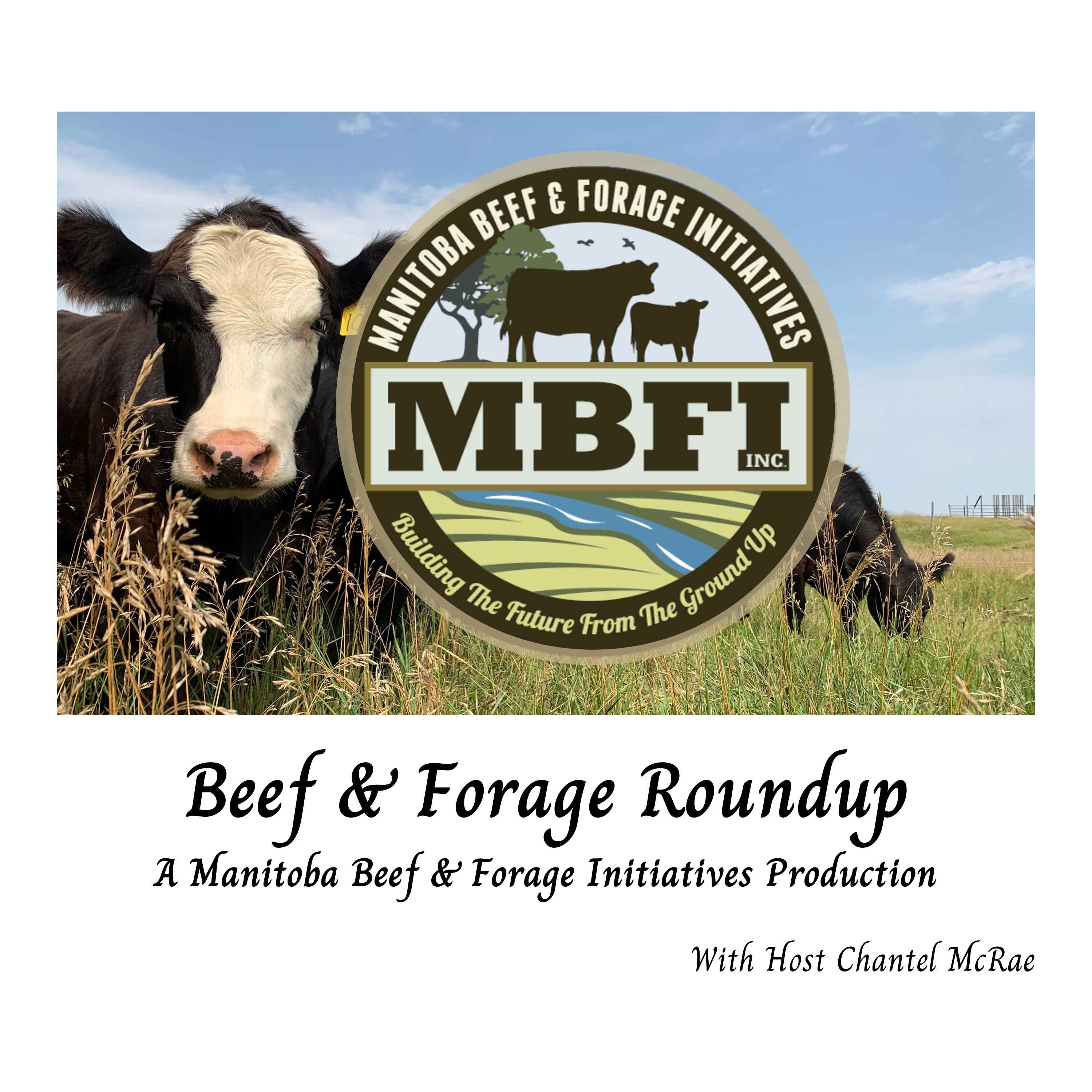Fencing Solutions with Leah Rodvang
In this episode, we are back talking to Leah Rodvang, Research Technician at MBFI. In this episode we are discussing the fencing solutions used by MBFI for rotational grazing setups, as well as batt latches and other tools that assist with the grazing practices as MBFI.For any listeners who are new to the podcast, and haven’t heard us discuss the grazing practices at MBFI, Leah gives an overview of the grazing practices and principles used at MBFI. For more information on this, listeners can tune in to Episode 4, where Leah joined us to discuss “Balancing Range Health and Cattle Production” or Episode 7, “Utilizing Planned Grazing to Increase Forage Production with Pam Iwanchysko”.Leah shares information on MBFI’s year round grazing, and the fencing strategies that are used to allow cattle to graze during the different seasons. She also shares information on calculating grazing days, how often the herds are moved on different grazing forages, how staff measure the grazing allotment for the moves. Leah discusses the permanent and temporary fencing options that are used at MBFI, as well as some challenges that each presents, and any changes she would make to the fencing design at each farm.MBFI uses a mobile fencing cart for temporary fencing throughout the year. Leah describes the design of the cart and how it is used. Leah discusses the use of lifts versus gates and training cattle to move under overhead wires, the pros and cons of batt latches, from her experience, and other tools that are used at MBFI to assist in fencing set up.Resources mentioned in this episode include:Handout: Determining Forage Dry Matter Yield, Grazing Calculations, and Stocking Rate: https://www.mbfi.ca/production-resources Gallagher Fence manuals and support videos are available at: https://am.gallagher.com/en-CA and selecting “Support” from the options menu located at the bottom of the page.
The research programs and daily operations at MBFI would not be possible without the funding from the Province of Manitoba, Government of Canada, and Canadian Agricultural Partnership, as well as the partnership with Manitoba Agriculture, Manitoba Beef Producers (MBP), Ducks Unlimited Canada (DUC) and the Manitoba Forage and Grassland Association (MFGA).
We encourage you to follow MBFI on social media, or check out the website for more information on project findings and results, upcoming events and more!Instagram: @MBBeefandForageFacebook: @MBBeefandForageTwitter: @MBBeefandForageWebsite: www.mbfi.ca Email address: information@mbfi.ca Mary-Jane’s Phone Number: 431-255-0011





